Blockchain technology and cryptocurrencies have revolutionized the way we think about financial transactions. They offer a level of transparency and security unmatched by traditional financial systems. For developers working in this space, understanding how to check and verify blockchain transactions is a critical skill. This guide will walk you through the process, from the basics of blockchain transactions to advanced verification techniques.
The ability to check and verify transactions on the blockchain underpins the trust and reliability that are fundamental to decentralized finance (DeFi). Whether you’re developing a new cryptocurrency application or simply curious about how blockchain works, this guide is designed to provide you with a comprehensive understanding of the process.
Overview of Blockchain Transactions
Blockchain transactions are the lifeblood of cryptocurrency systems. A transaction on the blockchain is a record that a certain exchange of assets has taken place between parties. These transactions are grouped into blocks and then added to the blockchain through a process called mining. Each block contains a unique code, or hash, that connects it to the previous block and ensures the integrity of the chain.
In order to initiate a transaction on the blockchain, both parties must have a digital wallet. This acts as their personal storage space for their cryptocurrency holdings and allows them to send and receive transactions. When a sender wishes to transfer funds to another wallet address, they create a transaction and broadcast it to the network. The network then verifies the transaction and adds it to a block, which is then added to the blockchain.
Importance of Verifying Transactions
Verifying transactions is crucial for maintaining the integrity of the blockchain. It ensures that all transfers of assets are accurately recorded and that the blockchain remains immune to fraud and manipulation. Additionally, verifying transactions is necessary for maintaining the supply and demand of a specific cryptocurrency.
For developers, understanding how to verify transactions allows for more efficient troubleshooting in case of any issues with a transaction. It also enables them to build applications that can interact with the blockchain and provide users with up-to-date information on their transactions.
Understanding Blockchain Explorers
What is a Blockchain Explorer?
A blockchain explorer is a sophisticated online tool that enables individuals to view detailed information about blocks, addresses, and transactions within a blockchain network. Essentially, it serves as a search engine specifically for blockchain data, allowing users to easily navigate and understand the intricacies of blockchain transactions. There are numerous blockchain explorers available on the internet, each offering unique features and capabilities tailored to different blockchains, such as Bitcoin, Ethereum, and others, providing a wide range of analytical tools and data visualizations to enhance user understanding.
How to Use a Blockchain Explorer
Using a blockchain explorer is remarkably straightforward, even for those new to the blockchain world. The primary requirement is having the wallet address or transaction ID that you wish to investigate. Once you have this information, you simply input it into the search bar on the explorer’s website and hit enter. Immediately, the explorer provides a comprehensive breakdown of all relevant data concerning the searched address or transaction. This includes its current status, the exact timestamp of its creation or execution, and any blocks associated with it.
Blockchain explorers are not only valuable for viewing transaction details but also play a crucial role in monitoring the health and activity of the blockchain itself. Users can track the real-time progress of blocks being added to the chain, which is particularly useful for miners and investors. This functionality ensures transparency in the transaction process and aids in verifying the integrity and security of transactions as they are processed through the blockchain.
Furthermore, explorers can be instrumental in understanding the overall activity on the blockchain, offering insights into the volume of transactions, network fees, and the speed at which transactions are being confirmed. This level of monitoring is essential for anyone looking to delve deeper into the blockchain space, providing a clearer picture of the network’s performance and reliability.
Features and Functions
Blockchain explorers offer various features, including viewing transaction histories, block contents, and the status of specific transactions. Some popular blockchain explorers include Blockchain.com Explorer, Etherscan, and BlockCypher. These platforms provide additional functions such as address and block tracking, network statistics, and data analytics. They also allow for advanced search options, such as filtering transactions by specific addresses or dates, and offer the ability to export data for further analysis.
Steps to Check a Transaction on the Blockchain
Understanding the Transaction ID (TXID) in Blockchain Transactions
Every transaction that occurs on the blockchain is assigned a unique identifier, which is commonly referred to as the transaction ID (TXID). This ID plays a pivotal role in the blockchain ecosystem as it allows users to track their transactions with precision. Each TXID is exclusive to its transaction, ensuring that every transfer of funds has its own verifiable digital footprint.
Navigating Through a Blockchain Explorer
Having the TXID in hand opens the door to exploring the intricate details of your transaction. By utilizing a blockchain explorer – a powerful online tool that acts like a search engine for blockchain transactions – you can simply input the TXID into the search field to locate your specific transaction. This action will display a wealth of information, from the sender and receiver’s blockchain addresses to the exact amount of cryptocurrency transferred and the current status of the transaction, offering transparency and reassurance about the transaction’s process.
Delving Deeper into Transaction Details
Upon reaching the transaction’s details page on the explorer, users are greeted with an in-depth look at their transaction. This includes not only the basic information such as the involved addresses and the amount but also critical data like the transaction’s confirmation status and the total number of confirmations it has accrued. These confirmations are essential, as they signify the network’s agreement on the transaction’s validity, with a higher number of confirmations typically indicating a higher degree of security and acceptance by the network. Understanding these elements provides users with a comprehensive view of their transaction’s journey through the blockchain, enhancing their confidence and knowledge in blockchain technology.
Verifying Transactions for Different Cryptocurrencies
While the fundamental principles of verifying transactions share commonalities across various blockchain technologies, the specific procedures required can differ significantly. To provide a clearer understanding, here’s an expanded overview for 10 widely-used cryptocurrencies:
- Bitcoin (BTC): For Bitcoin, explorers like Blockchain.com and BTC.com are invaluable resources. These platforms allow users to easily search and verify transactions on the Bitcoin blockchain, providing detailed information on transaction histories, block details, and current wallet balances.
- Ethereum (ETH): Etherscan (https://etherscan.io/), the premier Ethereum blockchain explorer, offers comprehensive tools for tracking Ethereum transactions. It not only tracks ETH transactions but also provides insights into smart contract activity and token transfers on the Ethereum network.
- Ripple (XRP): For Ripple’s XRP, Bithomp (https://bithomp.com/explorer/) serves as a detailed resource for transaction verification. This explorer makes it possible to view transaction histories, wallet statuses, and the overall health of the XRP network.
- Litecoin (LTC): The Litecoin Explorer (https://insight.litecore.io/) is tailored specifically for the Litecoin blockchain. It aids users in tracking transactions and understanding the movement of LTC across the network with ease.
- Cardano (ADA): The Cardano Explorer provides deep insights into transactions within the Cardano ecosystem. Users can explore blocks, transactions, and addresses, gaining a clear view of the network’s activity.
- Polkadot (DOT): Subscan (https://polkadot.subscan.io/) is the preferred explorer for checking DOT transactions. It offers a detailed view of the Polkadot network’s operations, including staking, governance, and interchain transactions.
- Chainlink (LINK): Being an Ethereum-based token, Chainlink transactions and smart contract interactions can be tracked using Etherscan. This provides users with a familiar interface to monitor LINK’s movement and usage in the decentralized finance (DeFi) ecosystem.
- Stellar (XLM): Stellar Expert (https://stellar.expert/) is the go-to explorer for the Stellar network, offering comprehensive data on transactions, accounts, and Stellar’s consensus protocol operations.
- Dogecoin (DOGE): Dogechain (https://dogechain.info/) allows users to explore the whimsical world of Dogecoin transactions. This explorer provides insights into DOGE’s movement, helping to track transactions and wallet balances.
- Solana (SOL): Solscan (https://solscan.io/) offers a robust tool for analyzing the Solana blockchain. It provides detailed data on transactions, accounts, and the sophisticated smart contracts running on Solana, offering a deep dive into this high-performance blockchain.
Understanding the nuances of these explorers and how they cater to the specific needs of each cryptocurrency’s community is crucial for anyone looking to delve deeper into the blockchain space.
Advanced Tools and Techniques
For developers needing more than basic transaction checking, APIs like Blockchair and Anyblock Analytics offer programmatic access to blockchain data. Smart contract interaction, especially on platforms like Ethereum, can be managed using tools like Truffle Suite and Hardhat. These advanced tools and techniques provide developers with the ability to build powerful blockchain applications that leverage the full potential of this revolutionary technology. By utilizing these tools, users can take their understanding and utilization of blockchain to new heights, further solidifying its role as a disruptive force in the world of technology and finance.
Common Issues and Solutions
Blockchain technology brings with it a host of benefits, but it’s not without challenges. A notable issue is the slow processing times of transactions, often a result of network congestion. This can be mitigated by modifying transaction fees or employing layer-2 solutions, such as the Lightning Network for Bitcoin and the Raiden Network for Ethereum, to enhance efficiency. Additionally, the risk of entering incorrect addresses during transactions is significant, potentially leading to lost funds. It is critical for users to meticulously verify addresses prior to executing transactions to prevent such errors.
Unconfirmed Transactions: Should your transaction remain unconfirmed, it’s likely a consequence of network congestion or insufficient transaction fees. An increase in the transaction fee may accelerate the processing time.
Transaction Fees and Delays: Blockchain networks can experience congestion, resulting in delays. By monitoring the network’s current status and adjusting the fees accordingly, users can navigate these challenges more effectively.
FAQ – How to Check Blockchain Transactions
- What information is needed? The transaction ID (TXID) is essential.
- How long does it take? Confirmation times vary by blockchain, but transactions should appear almost instantly.
- Can I check without a TXID? It’s challenging but possible using the sender’s or recipient’s address in a blockchain explorer.
- Why is my transaction unconfirmed? Likely due to low fees or network congestion. Sometimes, waiting is the only option.
- Are transactions reversible? Once confirmed, blockchain transactions are irreversible.
- How can I ensure privacy? Use blockchain networks and explorers that prioritize anonymity, and be cautious about sharing transaction details.
In conclusion, being able to verify and track transactions is fundamental in the blockchain world, offering transparency that’s critical for trust in decentralized systems. With this guide, you’re now equipped to explore the intricate details of blockchain transactions, empowering you to build and interact with the blockchain ecosystem more effectively.
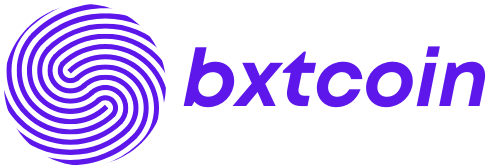
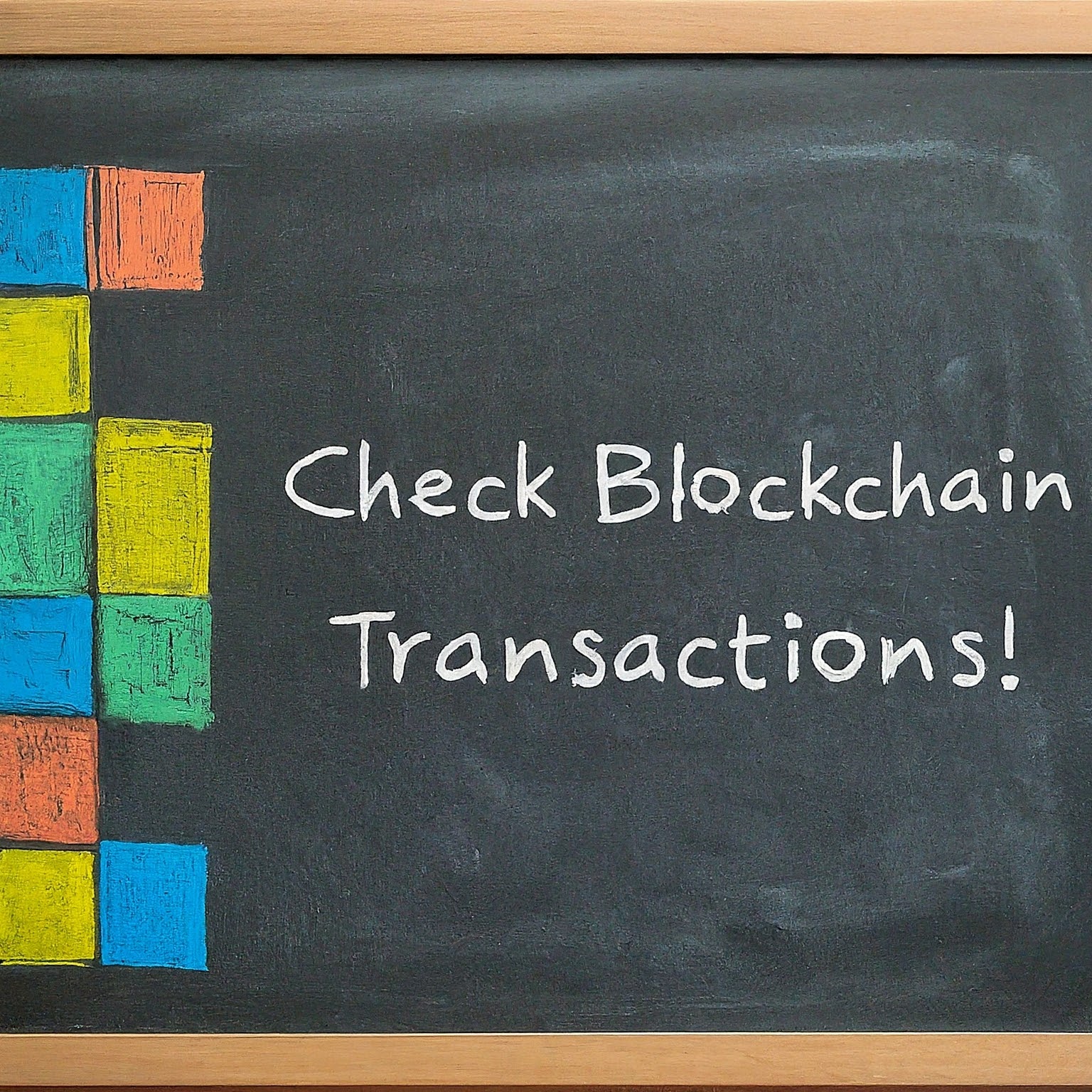
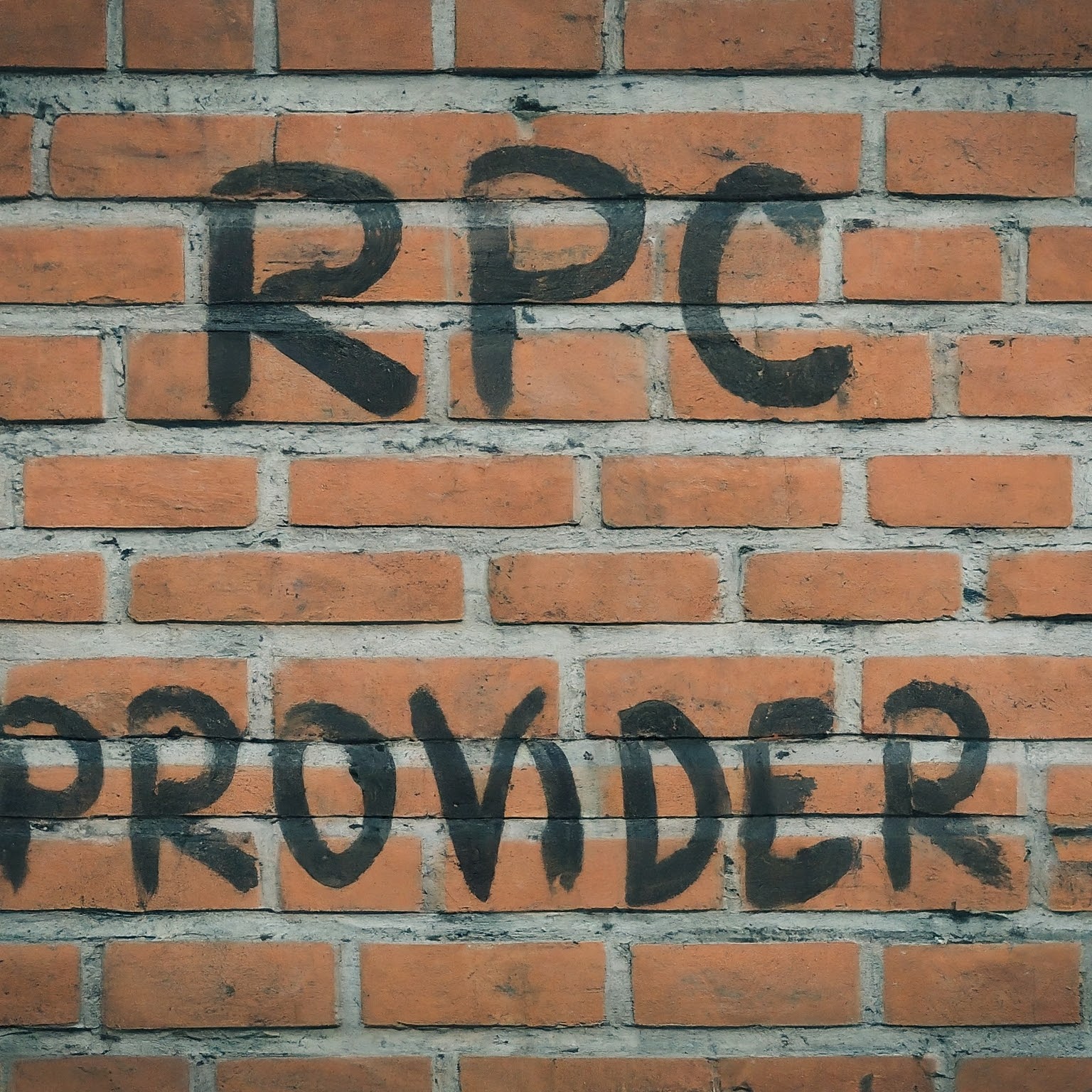
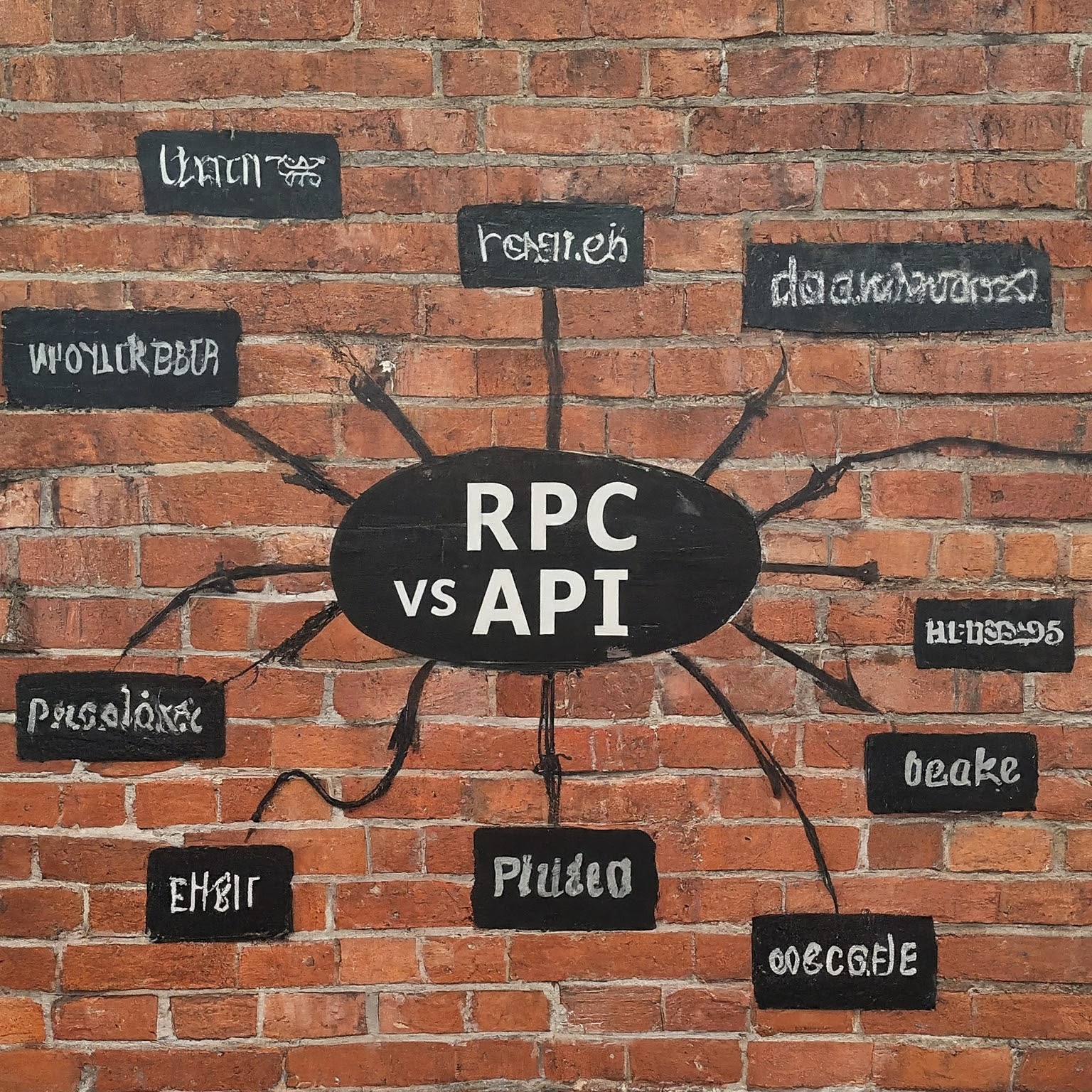
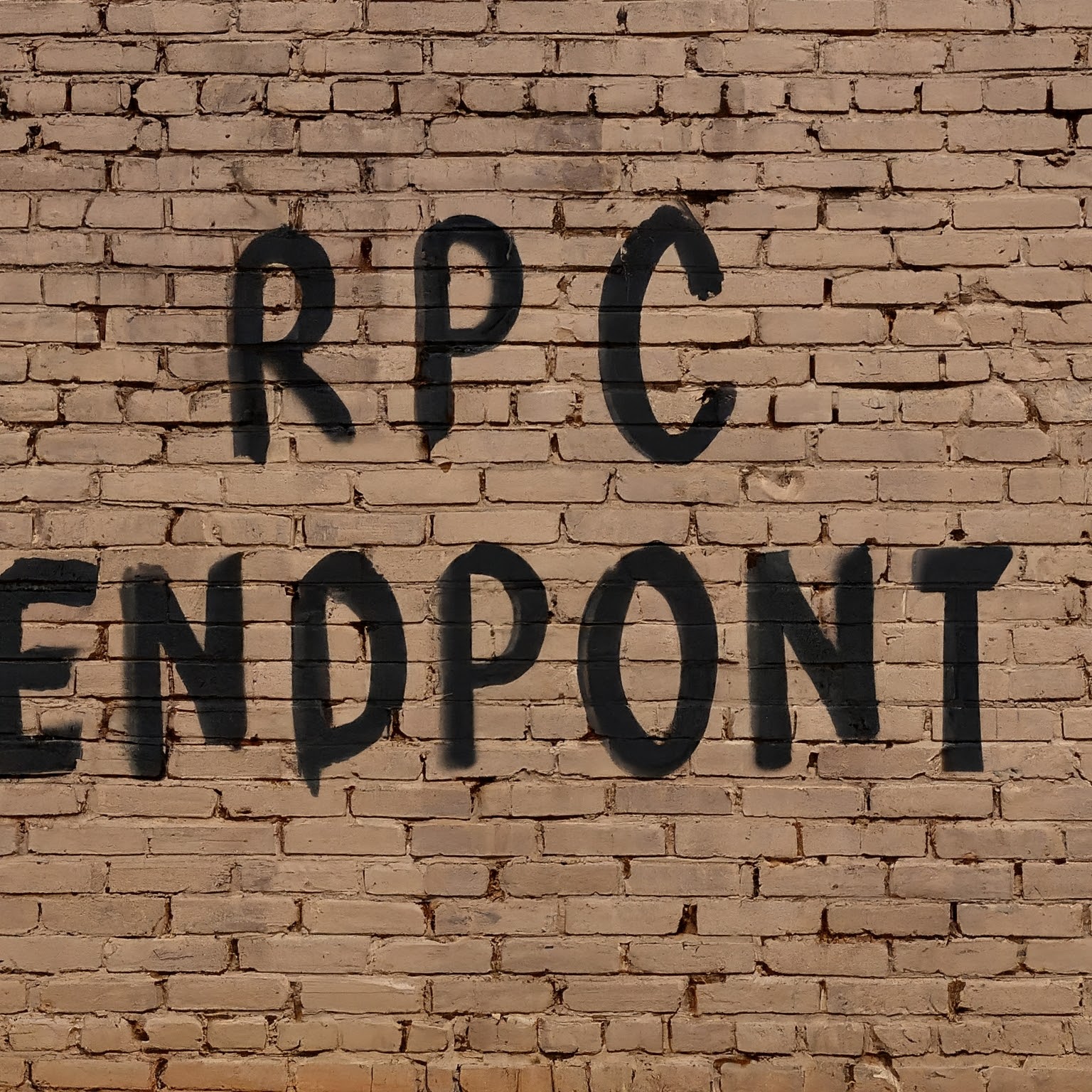

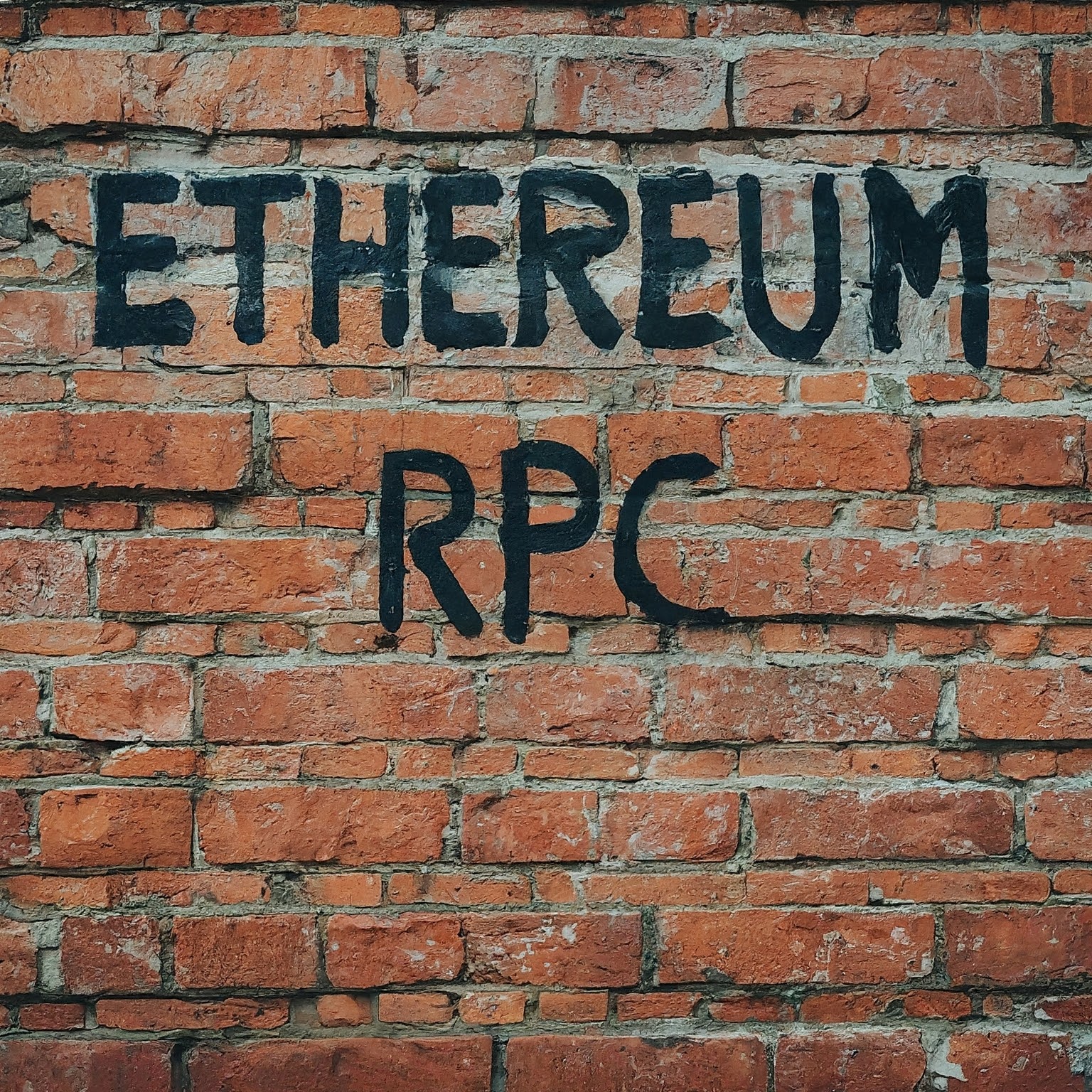
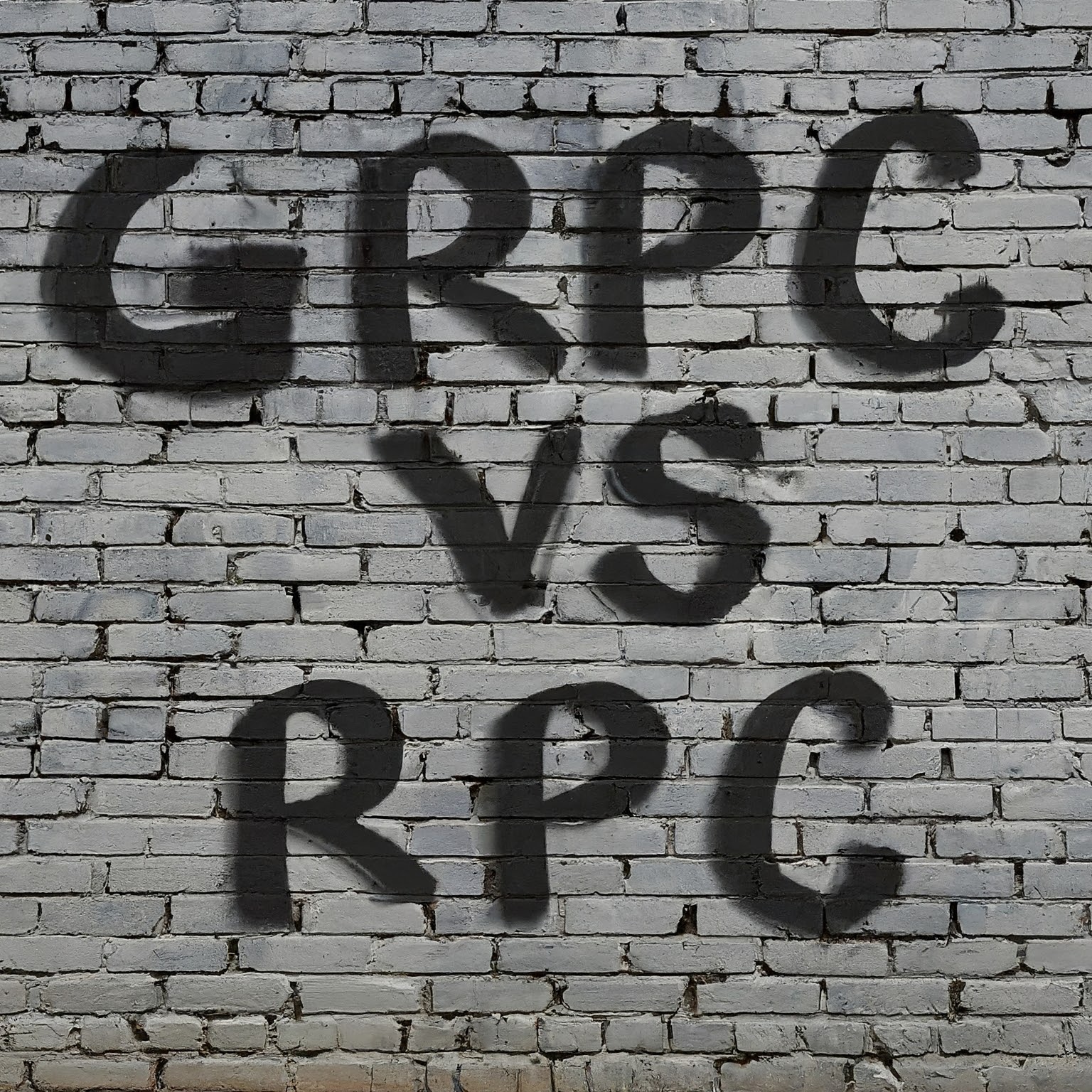
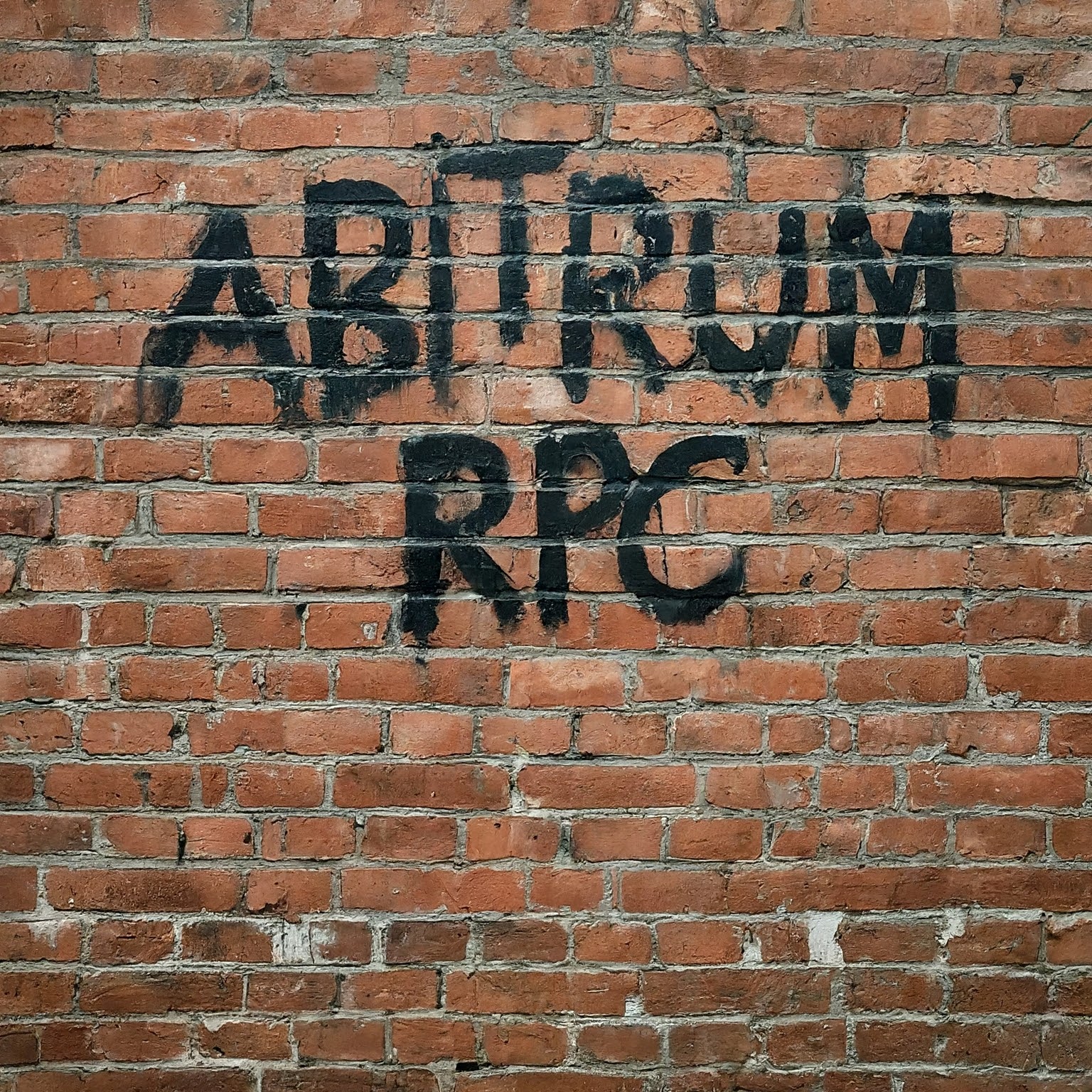

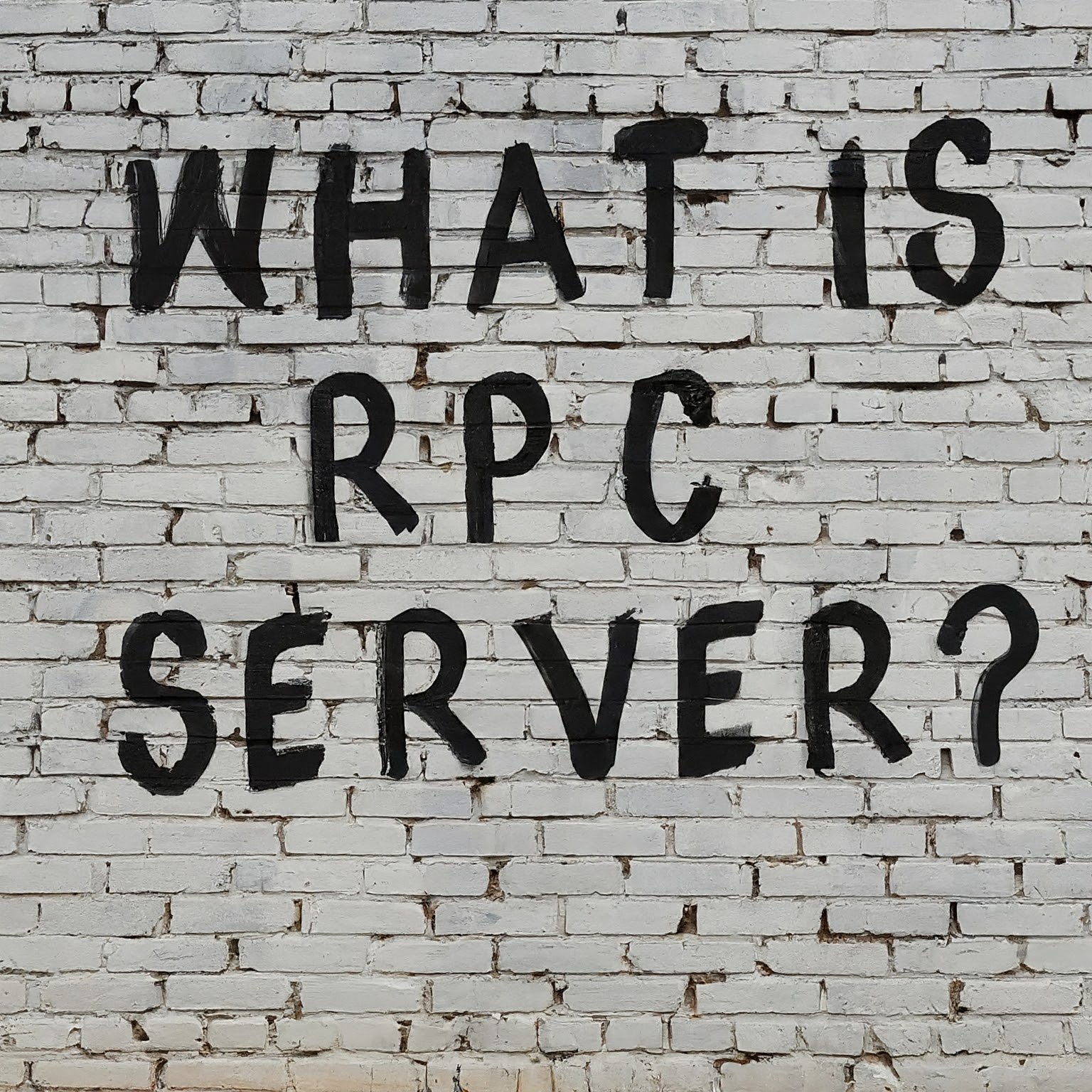

Leave a Reply
You must be logged in to post a comment.